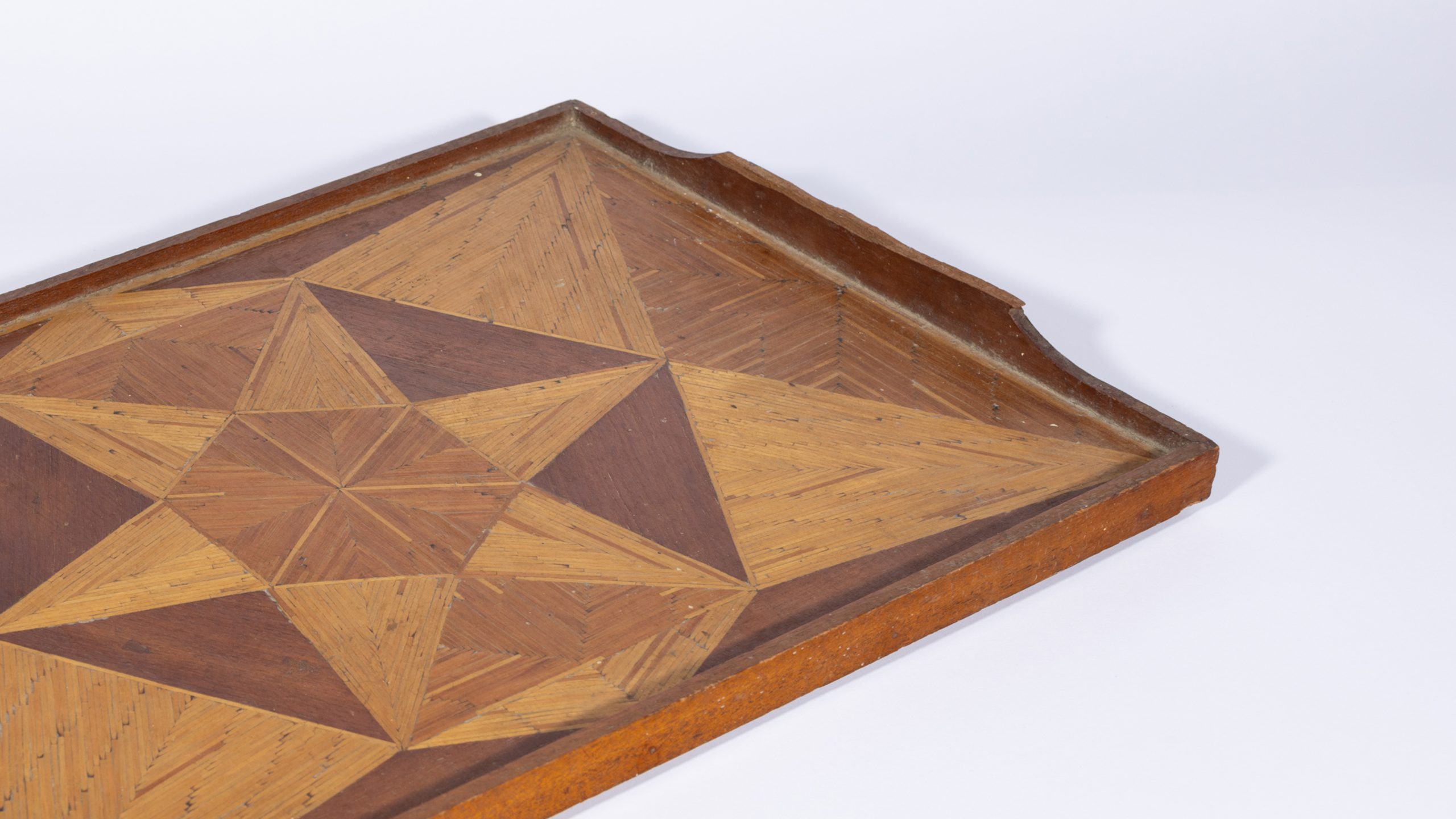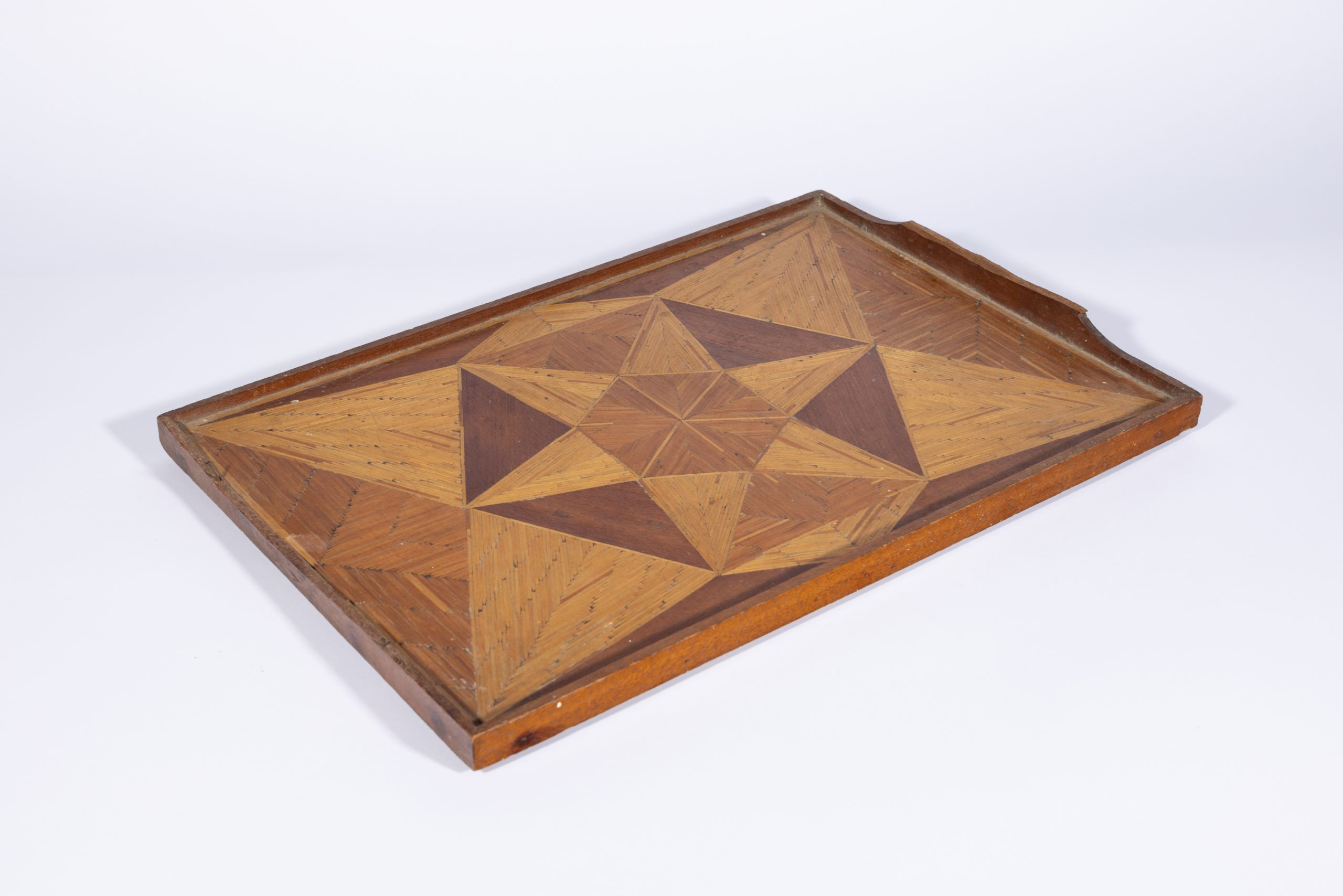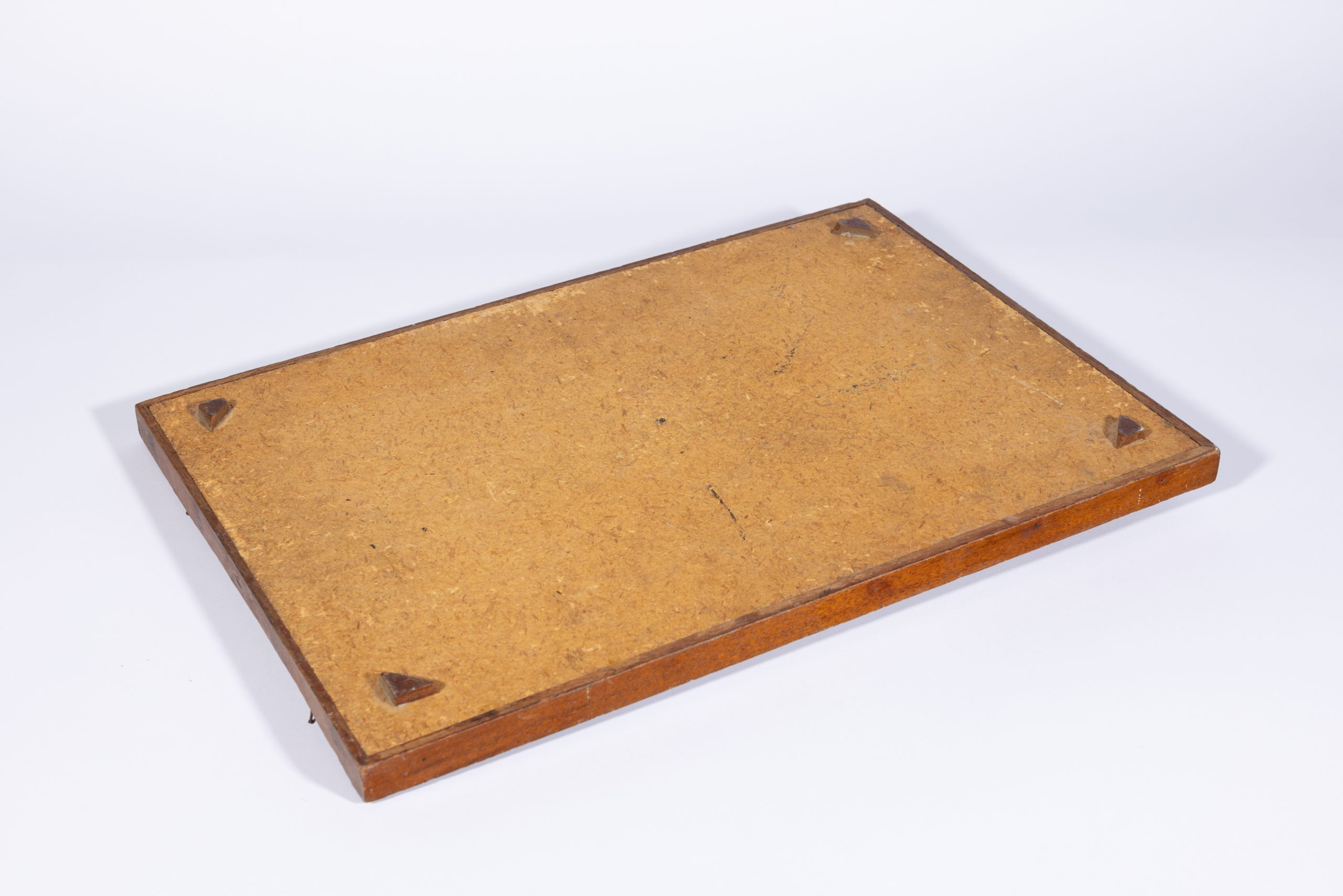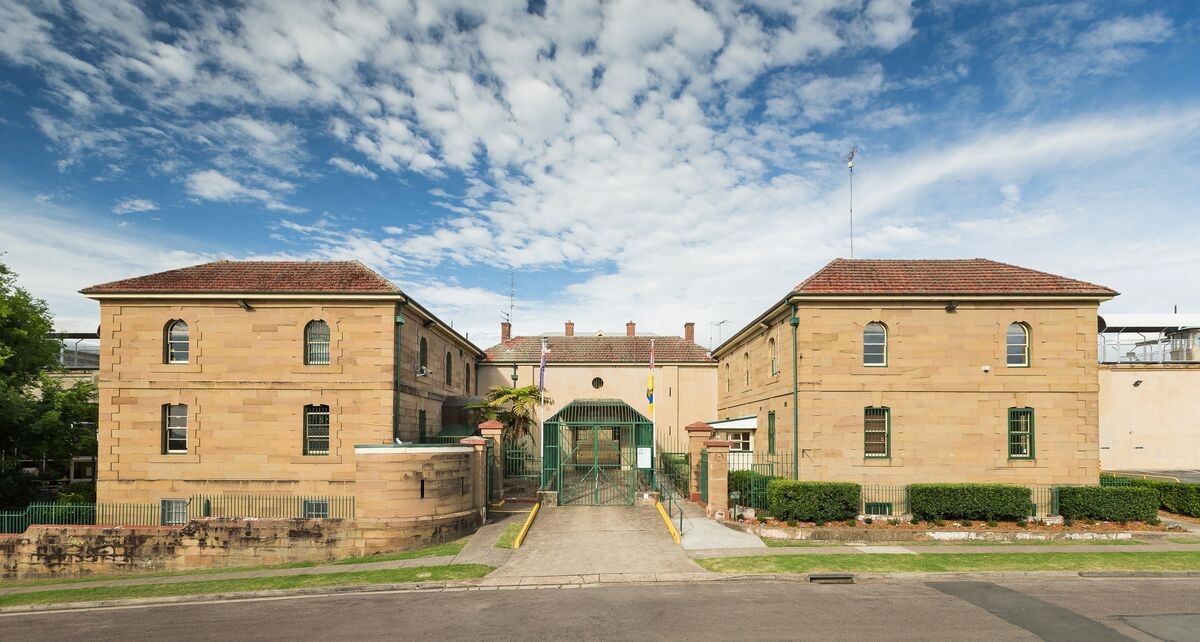Idle Hands Busy
Work, Escape and Free Matchsticks at Maitland Gaol
This simple tray made in the 1980s has the innocent look of a home craft project. But it was made by a prisoner at Maitland Gaol (in operation 1848-1998) where Australia’s most notorious and hardened criminals were locked away. Despite their crimes, many Maitland prisoners put their time inside to good use.
To keep prisoners occupied and out of trouble, work and hobbies were encouraged. From the earliest years, inmates were employed in maintenance and daily work, and trained in trades such as tailoring, carpentry, leatherwork, and book binding to enable them to obtain gainful employment after their release.
In 1922, prisoner Edward Stainer deviously employed his newfound tailoring skills in a daring escape, disguising himself in a jacket and cap he tailored while on the run, from tweed cloth, twine and a knife stolen from the gaol store.
From the 1980s, prisoners worked in the laundry or library, swept the cells, or made belts and bags for the police and military, earning a small wage. One inmate named Robbie remembered, ‘… the more work you do, the quicker the day goes.’ Creative inmates painted artworks and made crafts from copper, leather and matchsticks which were sold to the public.
With their wages, inmates could get ‘buy ups’ of luxuries like shampoo, toothpaste, noodles and cigarettes. And matchsticks, a popular craft material, were curiously provided for free. The risk of arson might have constantly been on the warders’ minds, but at least the prisoners were kept happy lighting their cigarettes.






